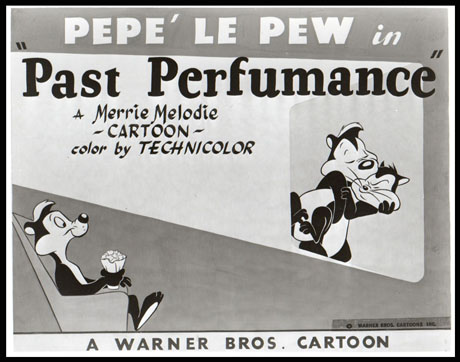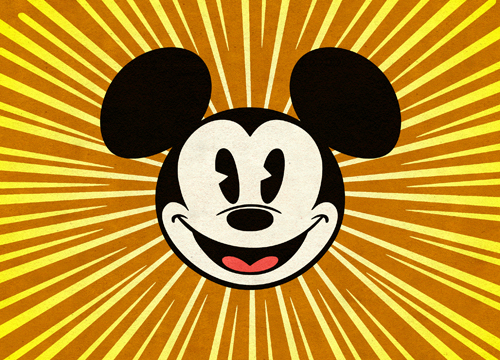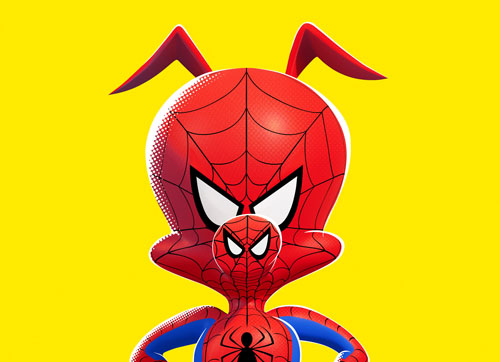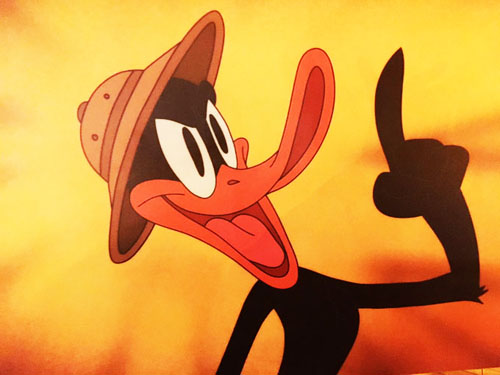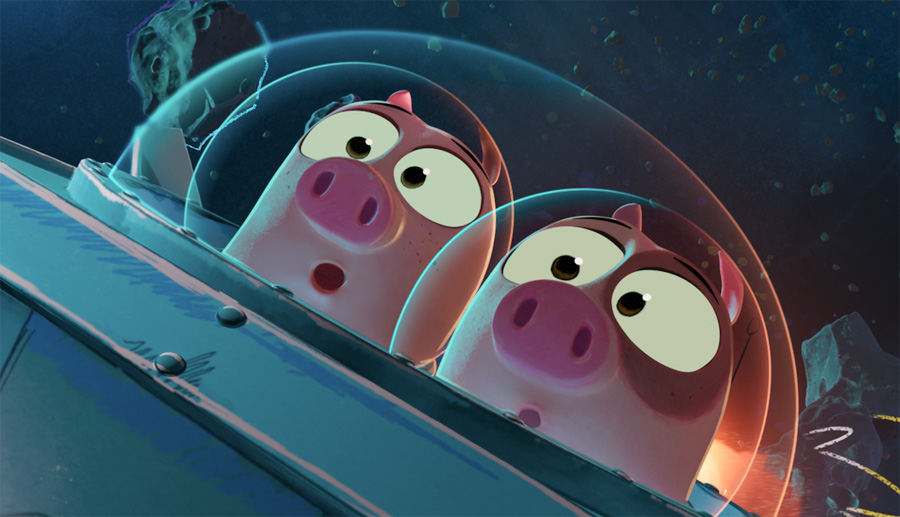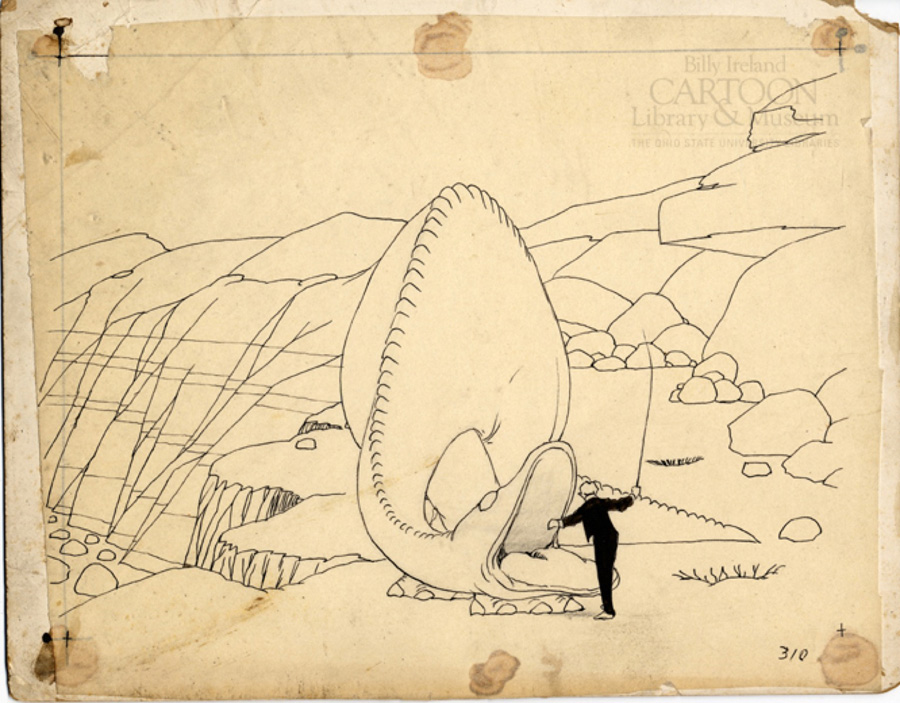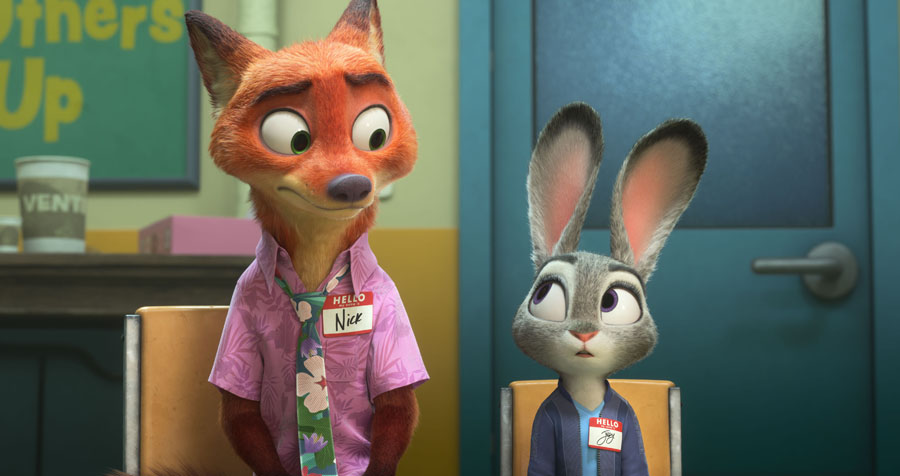When it comes to a list of the most romantic leading men in film history one name stands out as creating a true “air” of love in all of his performances: the one and only Pepe Le Pew. Undeterred by his own fragrant shortcomings, this socially active skunk has continually sought his true love through seventeen classic short subjects. Debuting in 1945 and becoming a popular member of the Warner Bros. cartoon canon, in his never-ending pursuit of “amore,” Pepe Le Pew could stand aside (maybe by six-feet or more) Cupid, as the perfect ambassador for Valentine’s Day.
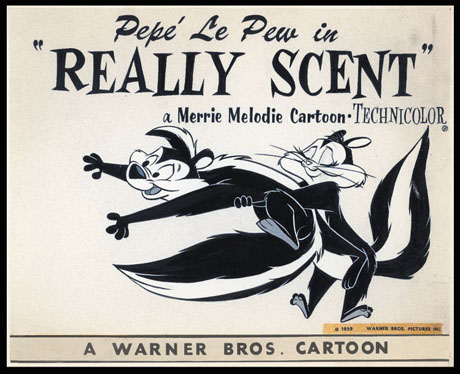
Pepe was the creation of animation legend Chuck Jones, who, in his book Chuck Reducks, humorously commented on how Pepe was actually a hopeful part of his own persona. Jones wrote:
“Pepe is the individual I always wanted to be, so sure of his appeal to women that it never occurs to him that his attentions might be unwelcome, or even offensive. I tried to make Pepe’s confidence a part of my own personality, hoping to share in his sexual success. On the screen it worked.”
Pepe made his debut on January 6, 1945 in the short Odor-able Kitty. Which Jones directed from a story by Ted Pierce. In the short, a cat who is abused by both human and canine wishes to be a skunk and actually paints themself to look like one. They even smear limburger cheese on, in order to complete the ruse.
The cat is able to get both human and dog away from him and even clears out the butcher shop, but when he makes his way to the woods to enjoy the spoils, he is suddenly pursued by an actual skunk (our hero, Pepe).
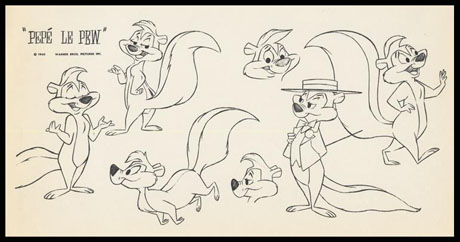
There is some immediate mistaken identity, as Pepe is infatuated. “Where have I been all your life?!,” Pepe coos to the “skunked cat.” As Pepe continues to pursue the cat, the short follows a formula that would be a part of all of Pepe’s future adventures, save for one major difference here.
In Odor-able Kitty, we find out at the end of the short that Pepe is actually married with kids and he is actually being unfaithful and is discovered by his wife (!). When he tries to explain, we also learn that Pepe is hiding a very New York-sounding accent.
This would be changed in future Pepe LePew short subjects, as he would embrace his French heritage, complete with a backdrop of France in the short subjects and almost continually pursue the same feline. His love interest would eventually be named Penelope Pussycat. In the shorts, Penelope, is a black cat who finds a white stripe accidentally painted down her back, usually by rubbing up against paint.

This would then lead to Pepe’s amorous pursuits and there were different, subtle variations on this through the years. However, many fans feel that Pepe truly hit his stride with the 1949 short For Scent-imental Reasons, which went on to win that year’s Academy Award.
In the short, the tables get turned on Pepe, when he is covered in blue paint and Penelope is dunked in water that leaves her with an unkempt appearance. Penelope then winds up pursuing Pepe, who wants nothing to do with her.
There was another variation in Scent-imental Over You (1947), in which Pepe falls for a dog who has donned a skunk pelt. In his last theatrical short 1962’s Louvre Come Back to Me! (love that word-play), which has such a beautiful Chuck Jones/Maurice Noble flair to its character design and backgrounds, Pepe winds up in a love triangle with cat named Pierre. They both pursue Penelope, but Pepe continues to knock him out with his “fragrant personality.”
Through all of these films, the legendary Warner Bros.’ man of a thousand voices, Mel Blanc, who based the character on the smooth, almost musical vocal tone of French actor Charles Boyer, most famous for the 1944 film Gaslight.
The voice Blanc provided was also similar to a character named “Professor LeBlanc,” who he portrayed on The Jack Benny Radio Show.
Even after his theatrical short subjects ended, Pepe Lew Pew continued to be a major player in the Warner Bros. cartoon canon, with appearances in films like Space Jam (1996), Looney Tunes: Back in Action (2003), later TV specials and the series Tiny Toon Adventures in the 1990’s.
For the past decade, there have also been rumors of a feature length film Pepe Lew Pew film, which actually surfaced mot recently at the 2016 Comic-Con in San Diego.
The fact that audiences want more of Pepe is proof of just how much we love how much he loves…love. A skunk who has such amorous affections is definitely one of animation’s most creative, high-concepts. As author Steve Schneider wrote in his book, That’s All Folks: The Art of Warner Bros. Animation, when discussing Pepe LePew: “A more delicious premise is hard to find.”
